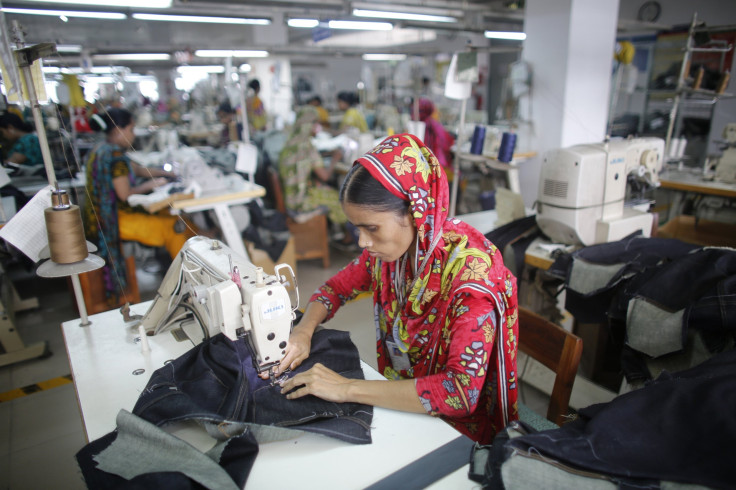Bangladesh's Rana Plaza Factory Collapse: Two Years On, Victims Remain In The Dark

Two years after a garment factory collapse in Bangladesh killed over a thousand people, a fund set up to compensate the victims remains cash-strapped and the government still doesn’t have the identities of many of those who perished in the disaster.
The Rana Plaza Donors Trust Fund, which was set up by the International Labor Office in 2014, is still $6 million away from being able to pay its 5,000 beneficiaries, trade group Supply Management reported. The fund was set up to compensate people linked to the collapse of the Rana Plaza building in the capital of Dhaka in April 2013, which killed over 1,100 and injured over 2,000 others.
There have been conflicting reports about the number of victims the government has failed to identify; the Daily Star reports that the Bangladeshi government lacks information about 85 victims, while the Agence France-Presse (AFP) reports that 135 remain unaccounted for.
“But there is no way of finding them now,” Anwarul Islam Khandaker, a government official responsible for tallying the dead and missing, told the AFP. “All the relatives can do is pray for the salvation of their souls.”
The government has paid out nearly $25 million in compensation so far, but campaigners and activists say enough has not been done, and are calling for payments from the Western retailers the factory supplied to, including Walmart, Mango and Benetton. An online petition led to a $1.1 million payment from Benetton last week. However, between the funding shortfall and late payments, labor groups say they are still awaiting 30 percent of the $30 million they are due in compensation, according to the Guardian.
“Despite acquiescing to open and voluntary contributions at the brands’ insistence, we have had to spend the last year fighting for almost every donation made, and there still remains a notable gap in the fund,” Ineke Zeldenrust of the Clean Clothes Campaign told the Guardian.
The incident led to international outcry against labor conditions in Bangladesh, where billions of dollars worth of garments are manufactured and exported to branded retailers across the world.
International pressure led retailers who buy from Bangladeshi manufacturers to set up an agreement with labor groups to maintain minimum safety standards, which covered about a third of Bangladesh’s textile industry. However, several companies opted for another agreement that critics say is weaker. The Alliance for Bangladesh Worker Safety, which includes Walmart, Gap and Target, had released a report last month claiming that the companies had made a major difference in the country's industry, but was criticized as a "public relations exercise" by the American Federation of Labor and Congress of Industrial Organizations (AFL-CIO).
The Bangladeshi government has also pledged to improve safety standards and increase the involvement of labor groups. Union participation doubled in the year after the tragedy, but less than a tenth of Bangladesh’s clothing manufacturers currently have registered trade unions, the Guadian reported. Activists have also raised allegations that factory owners intimidate and threaten workers to stop them from forming unions.
© Copyright IBTimes 2024. All rights reserved.




















